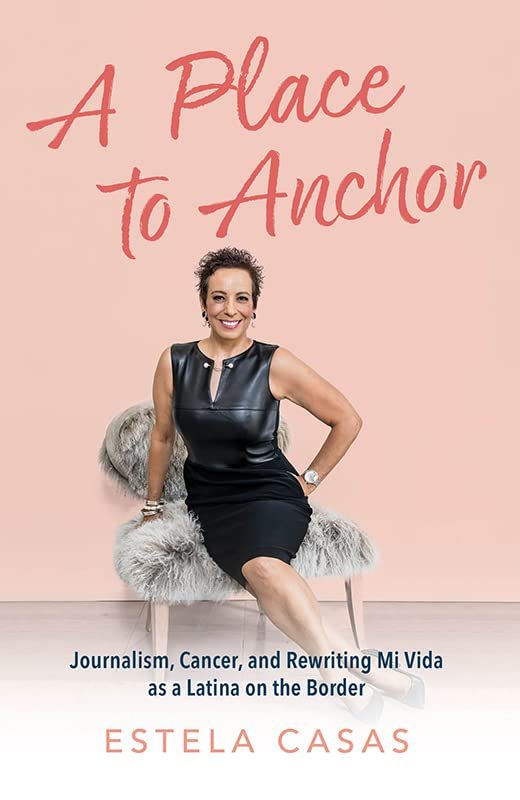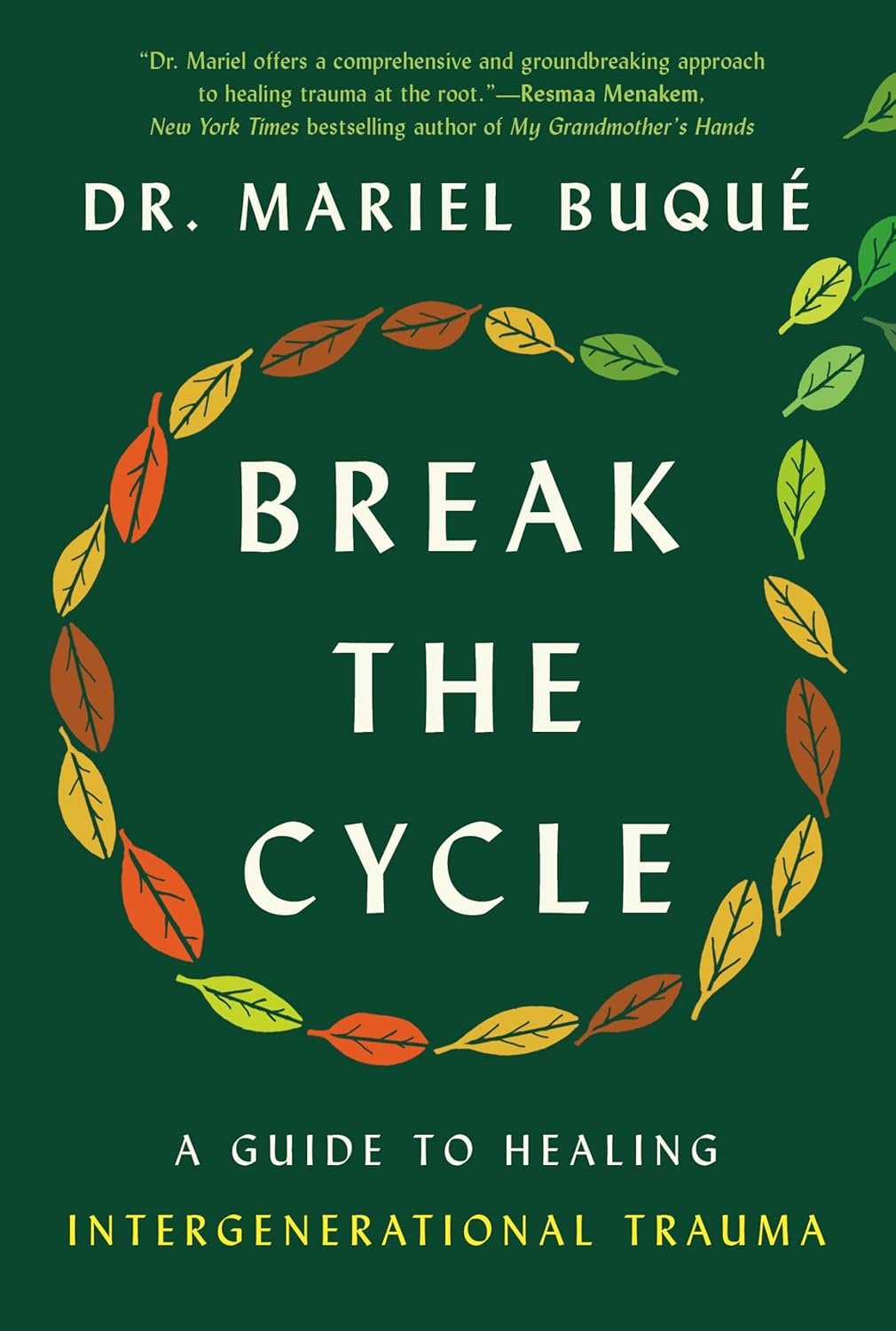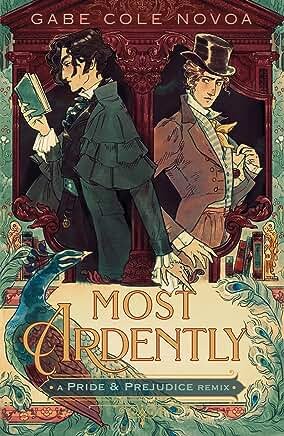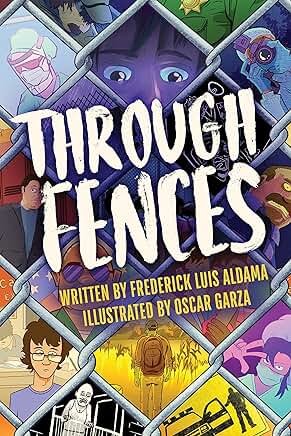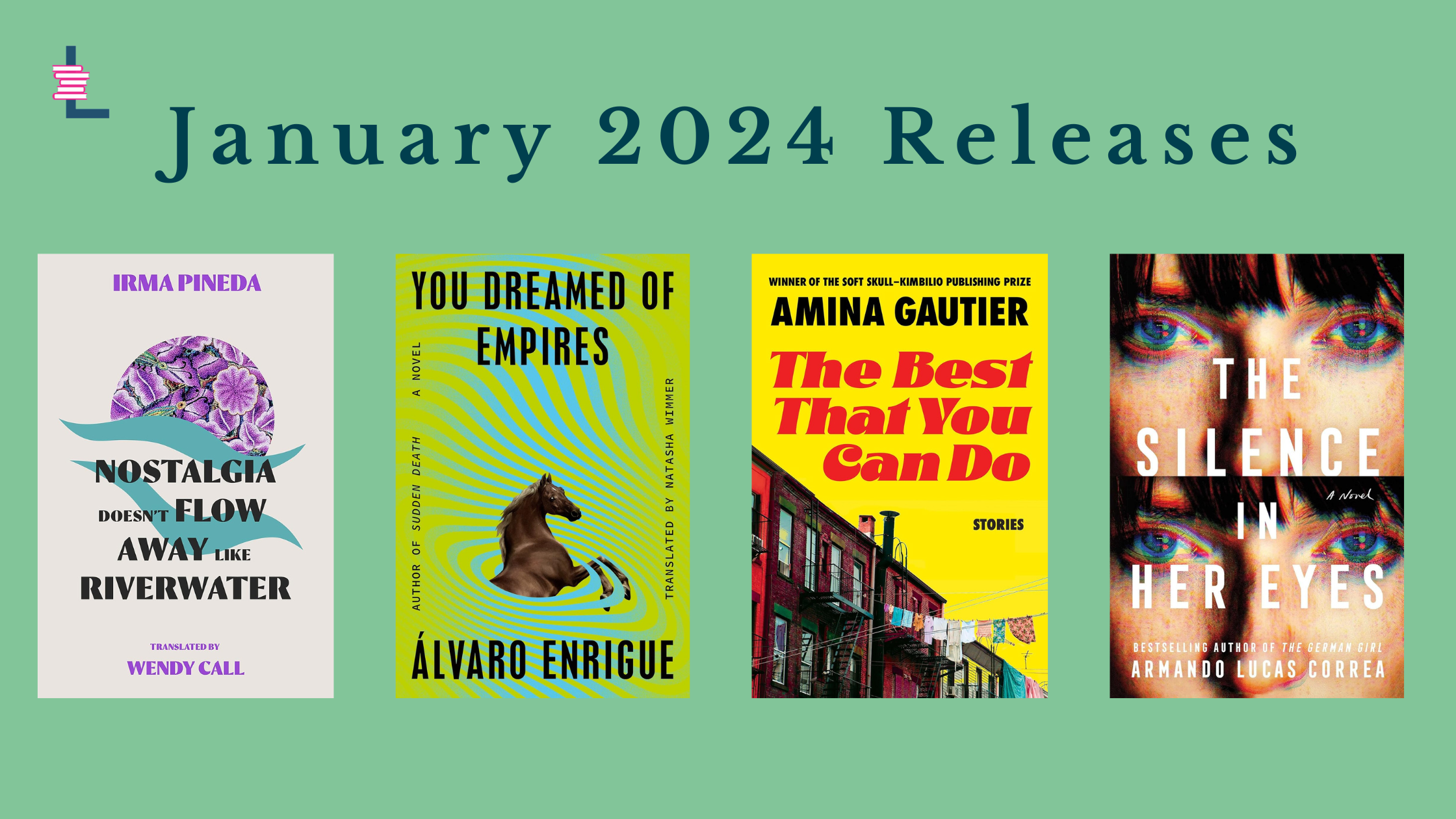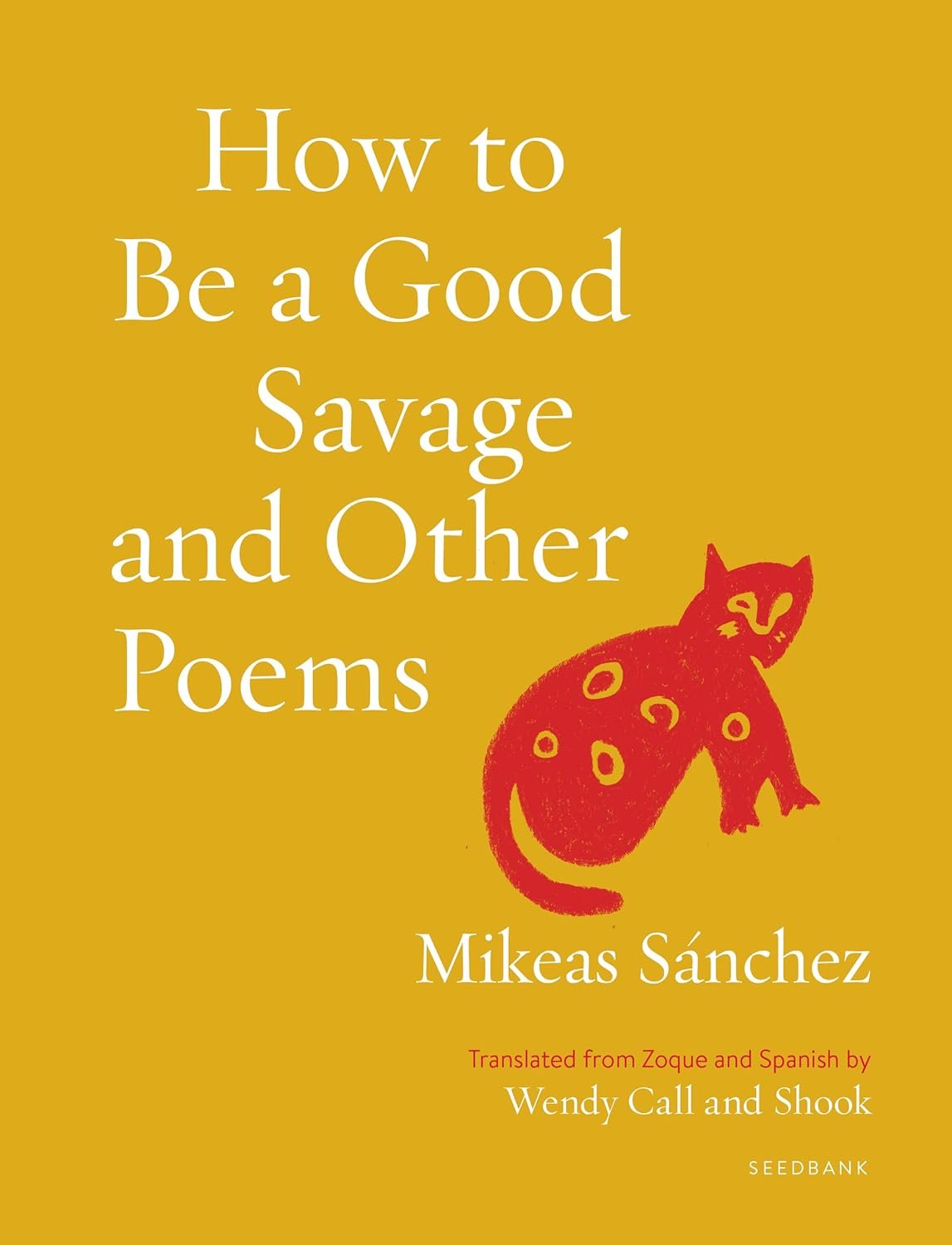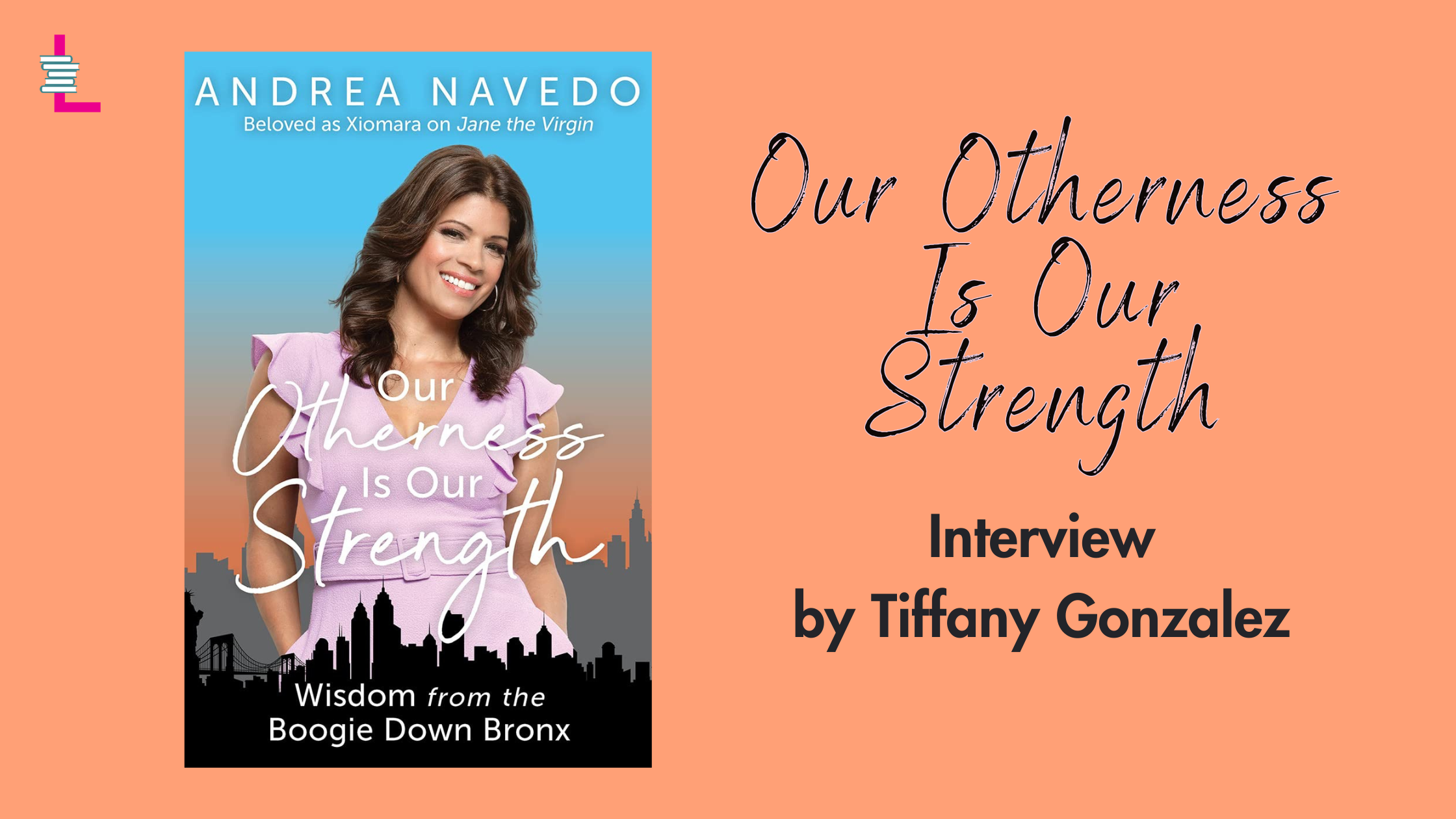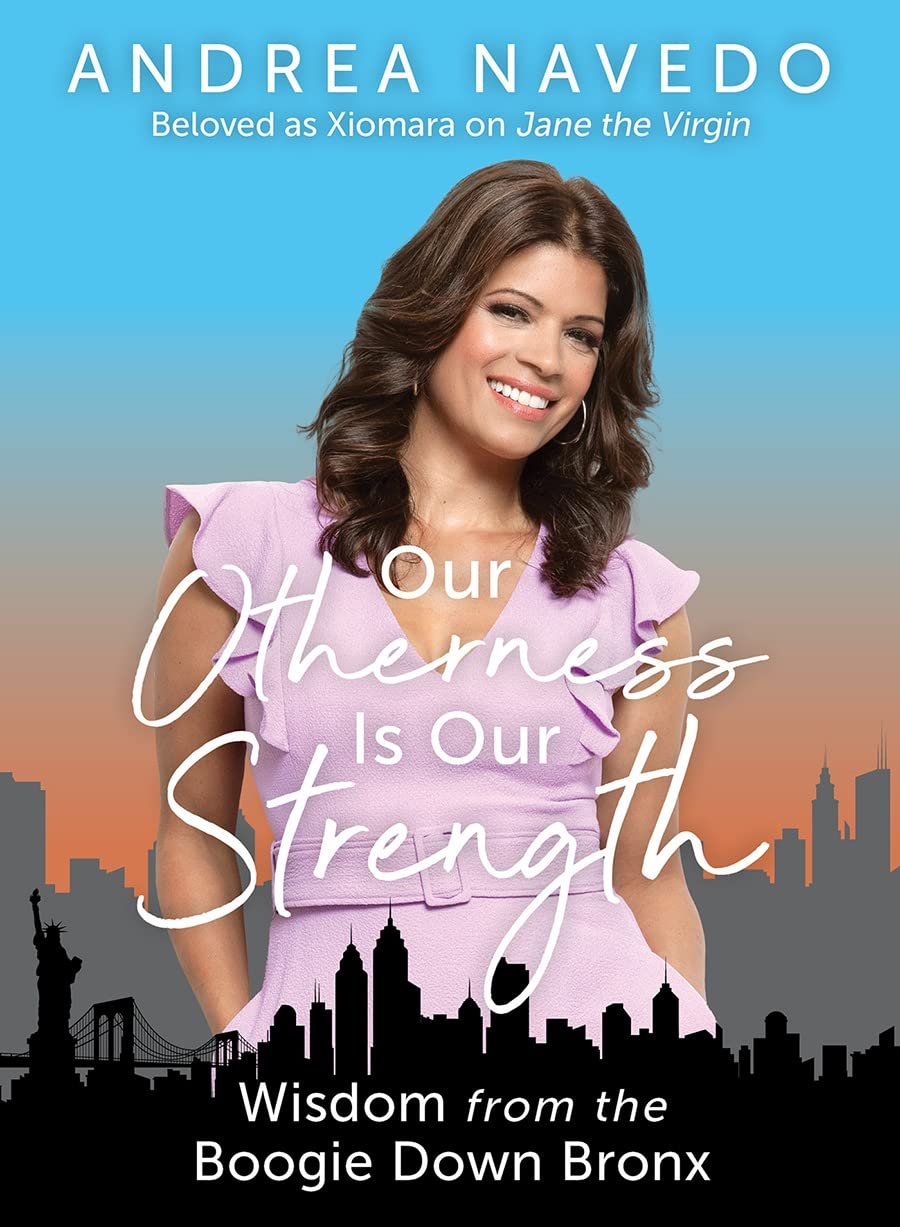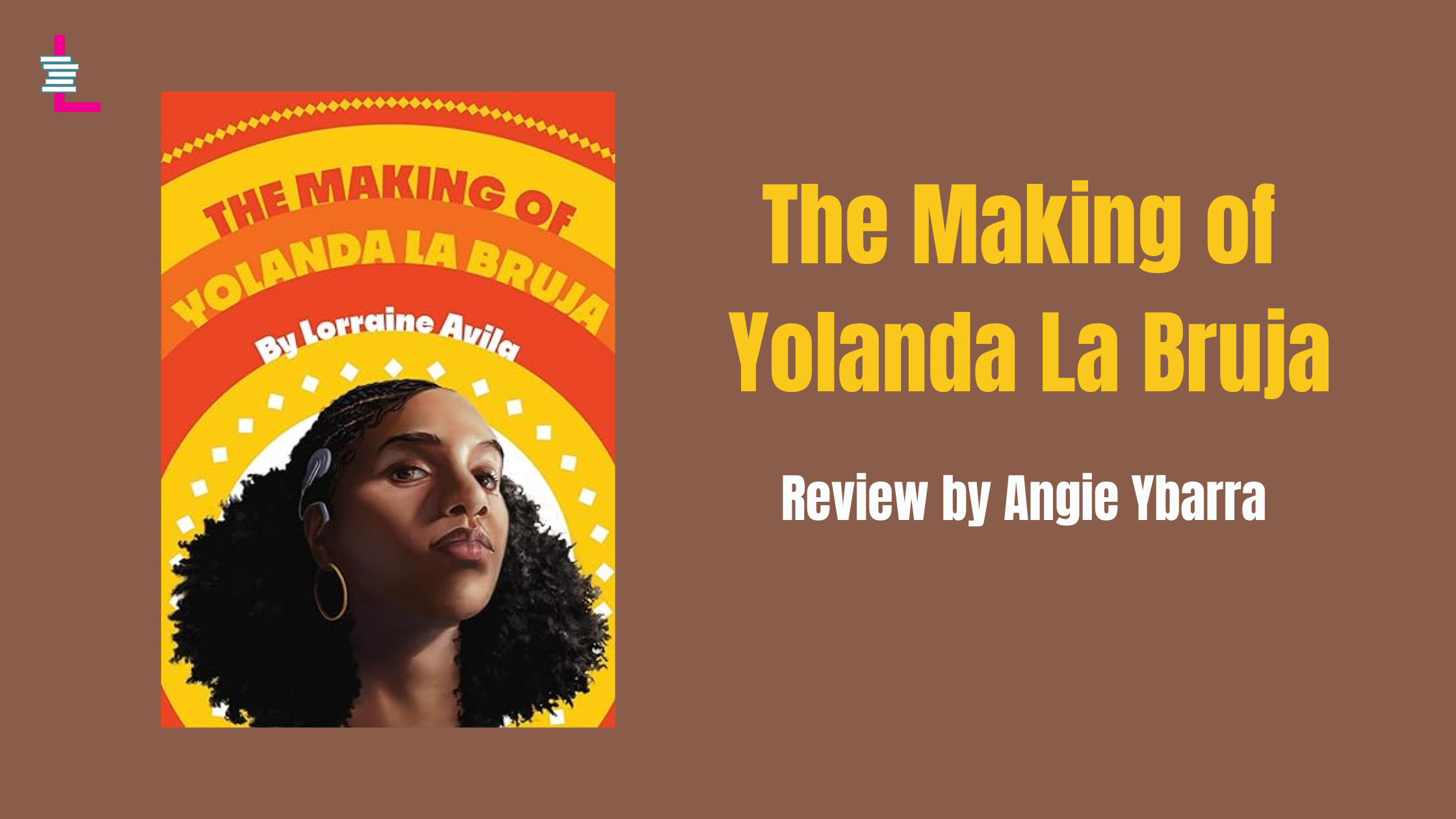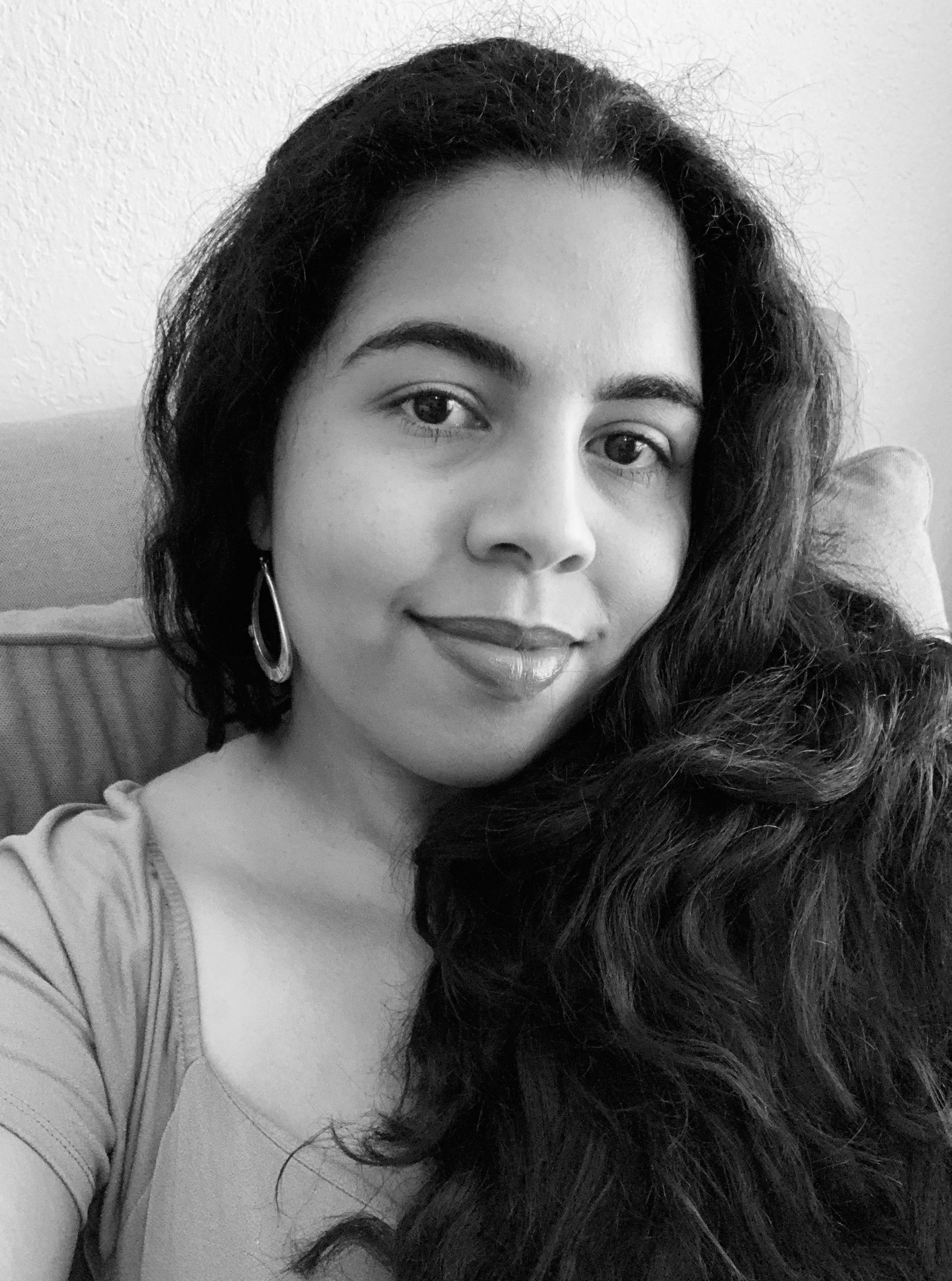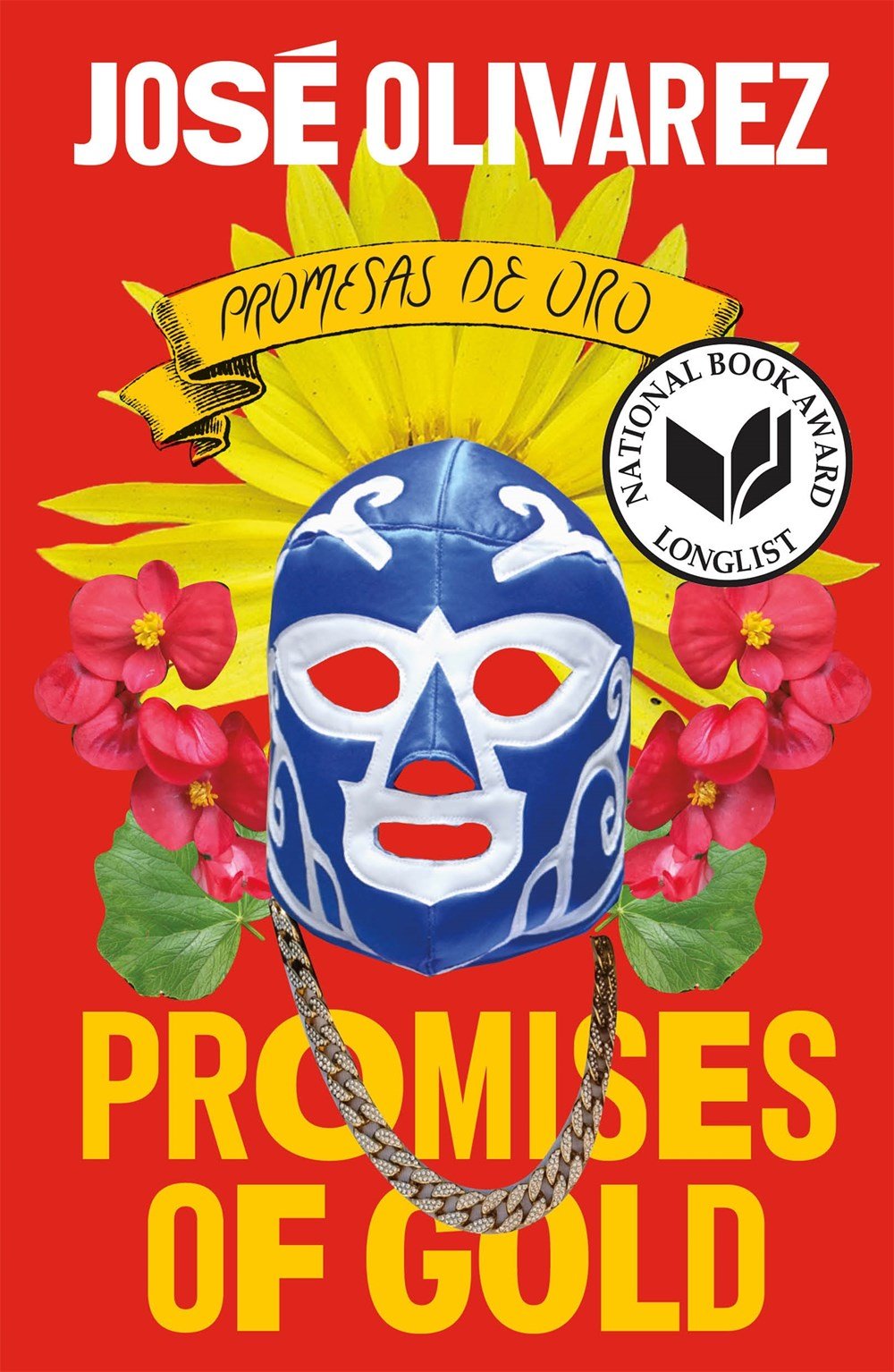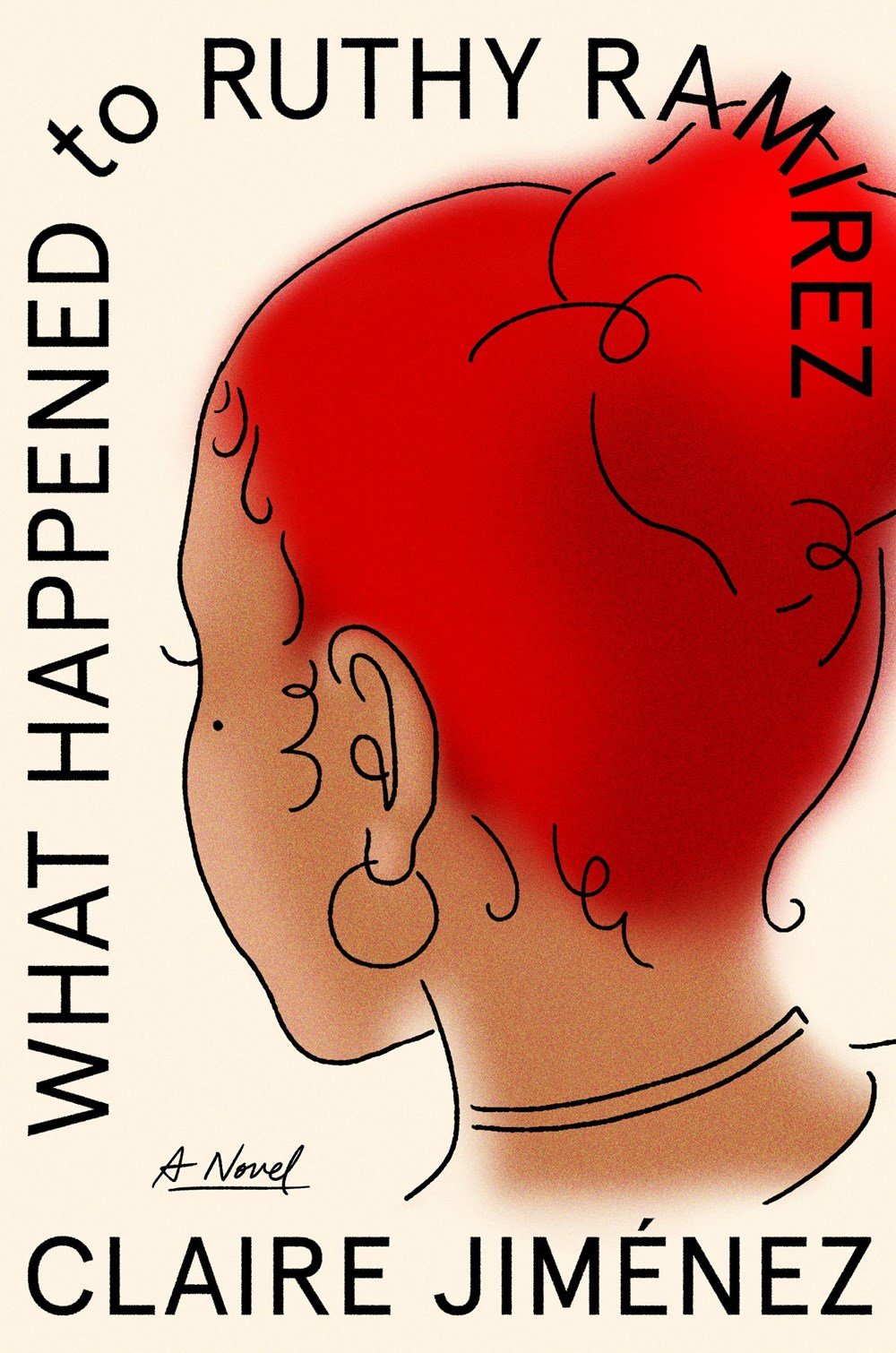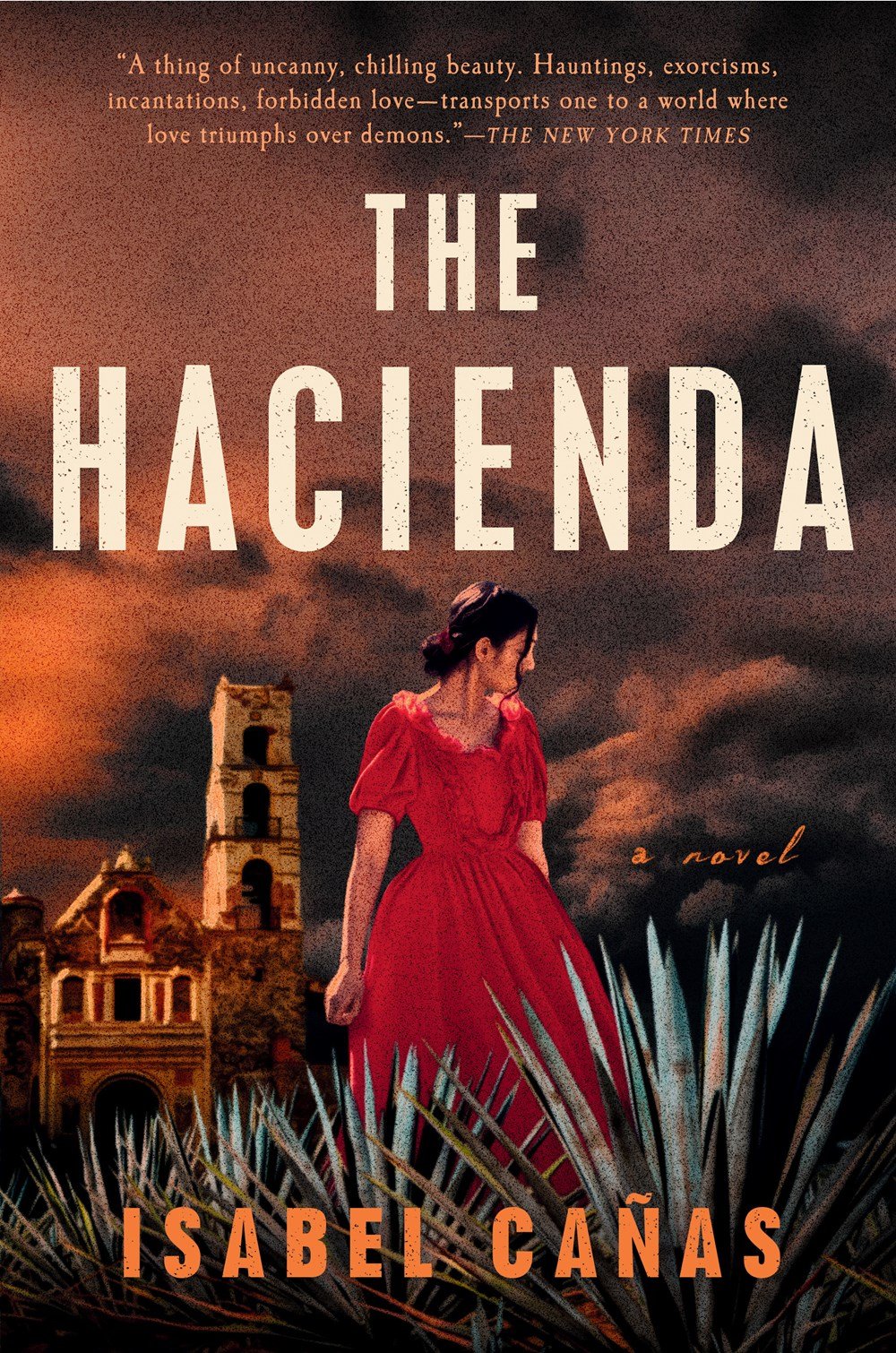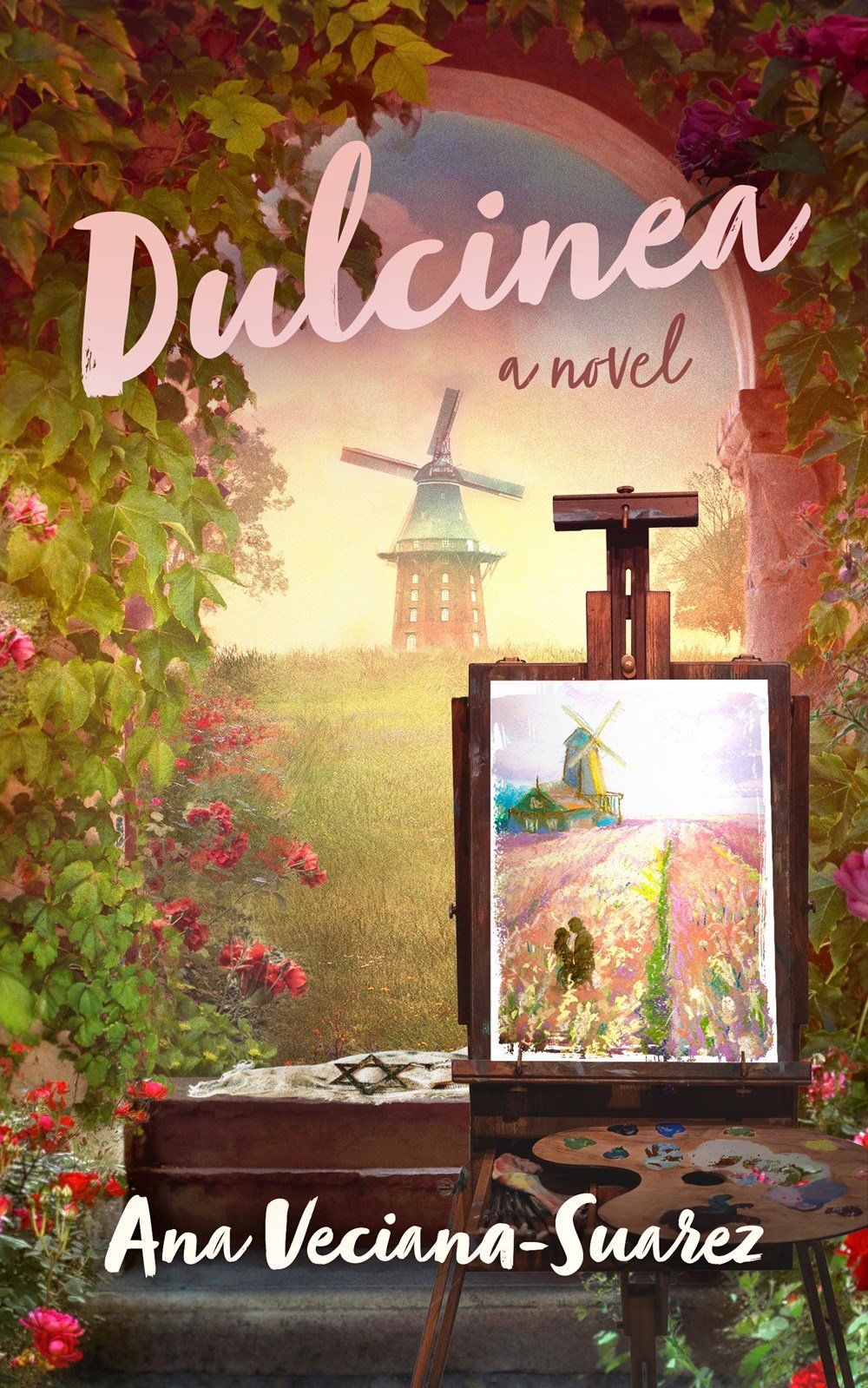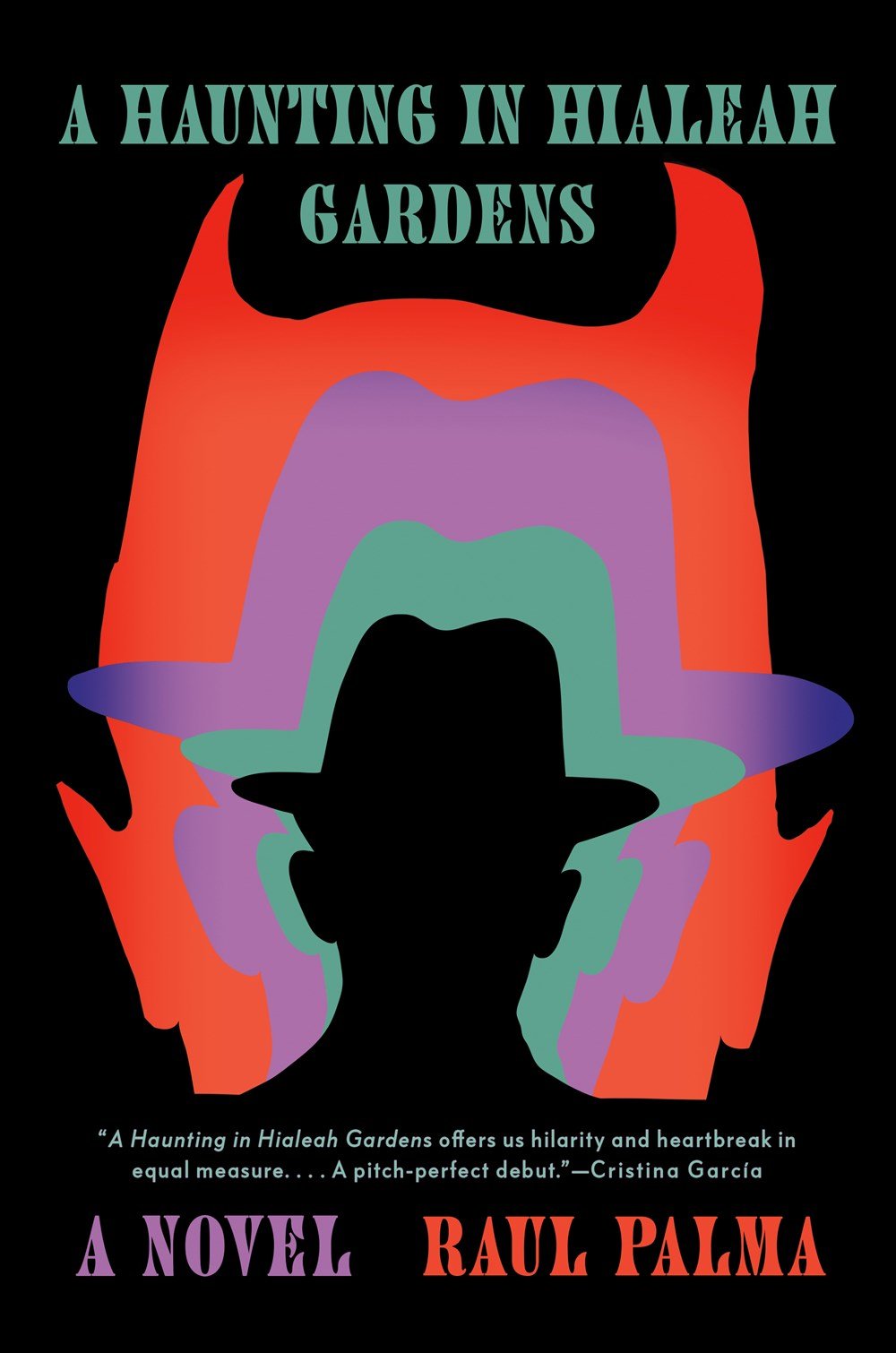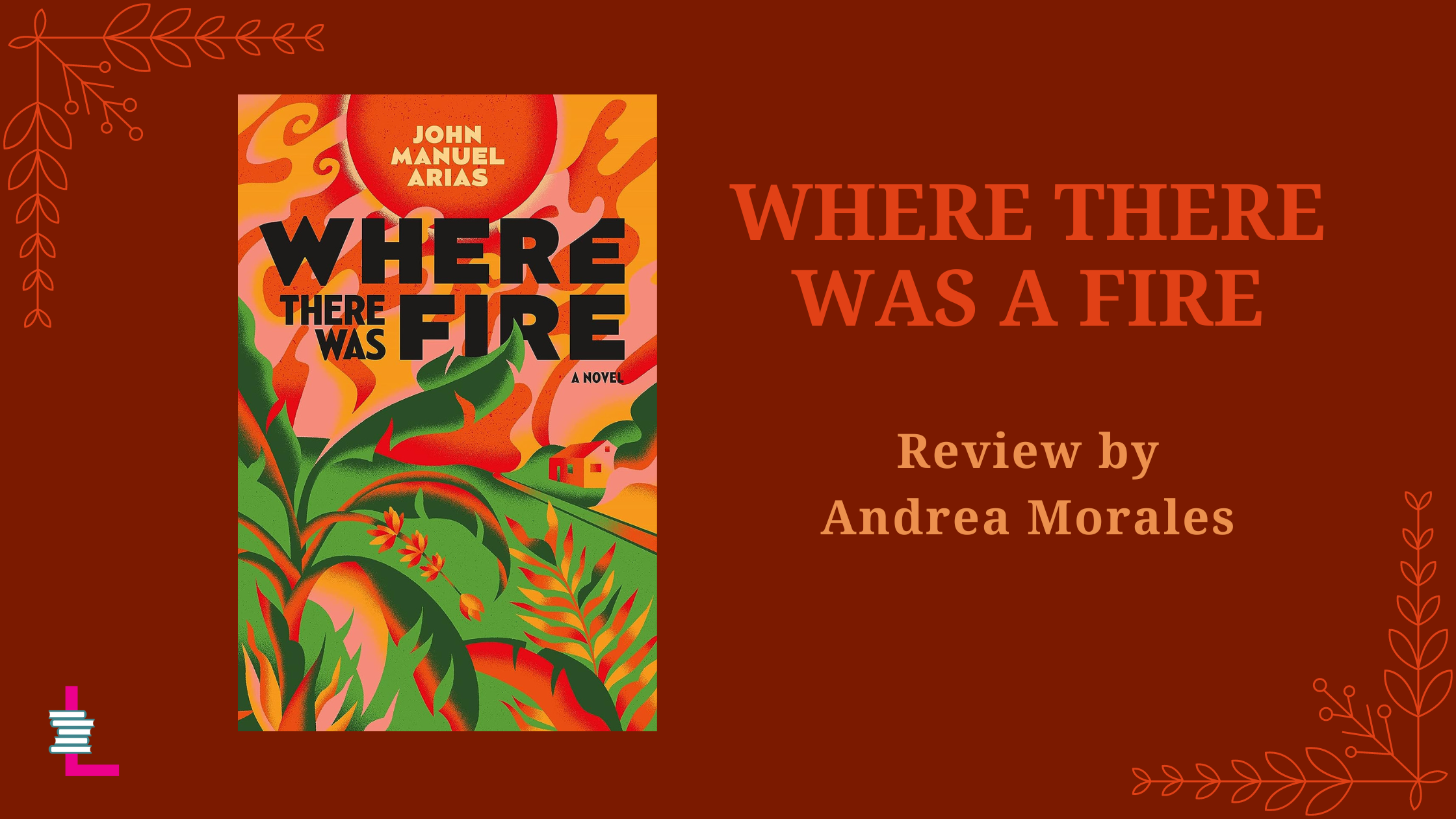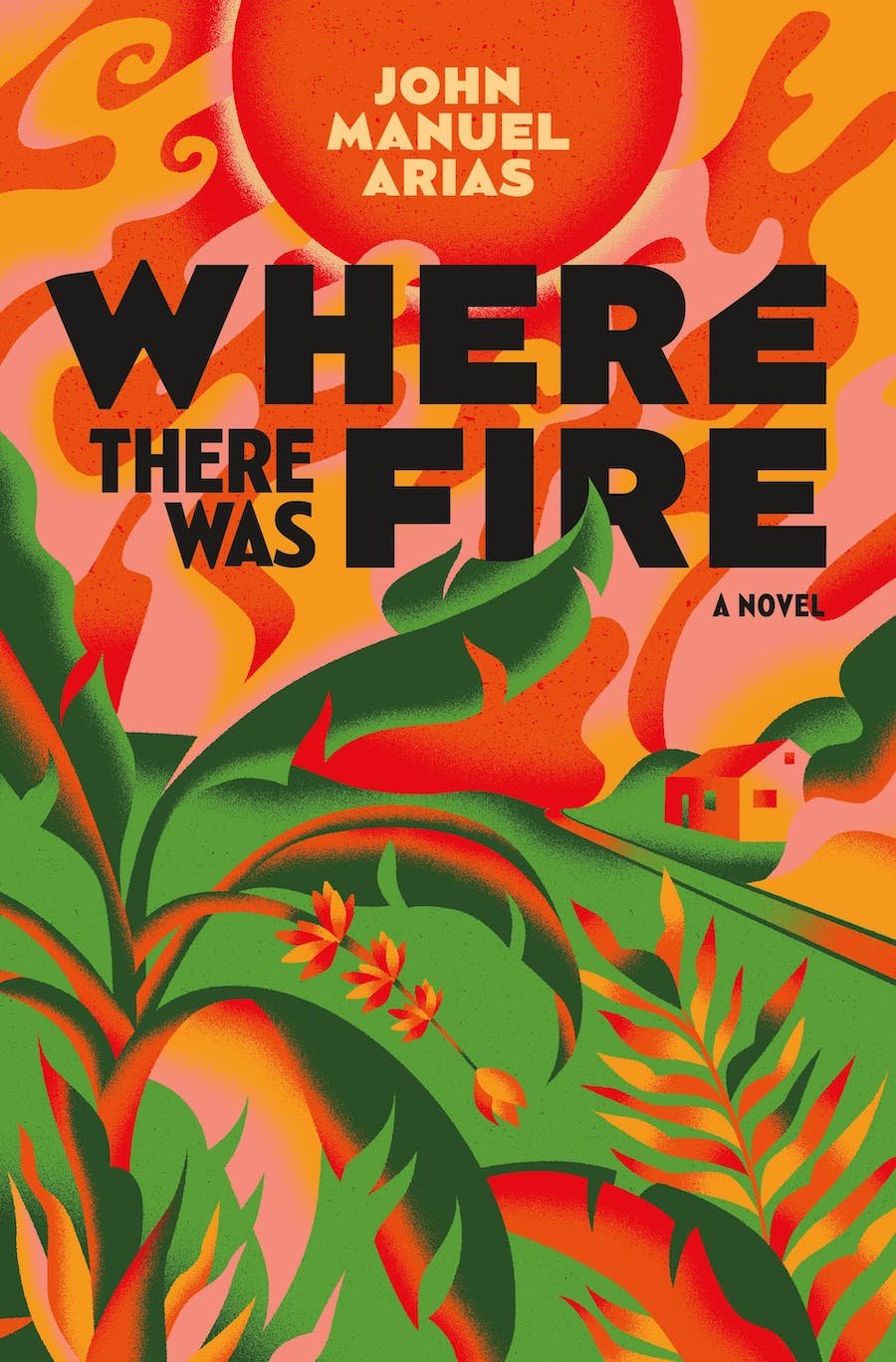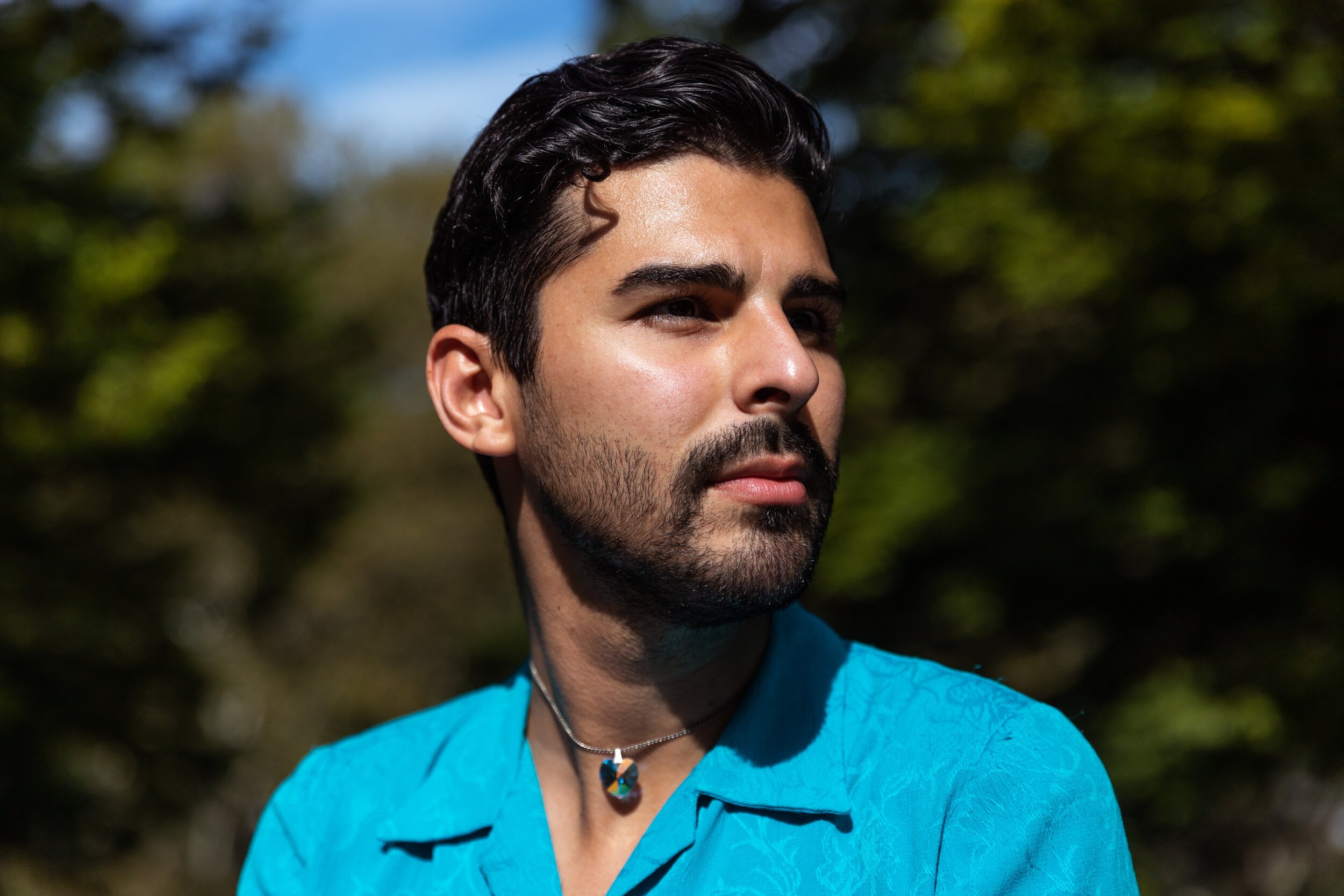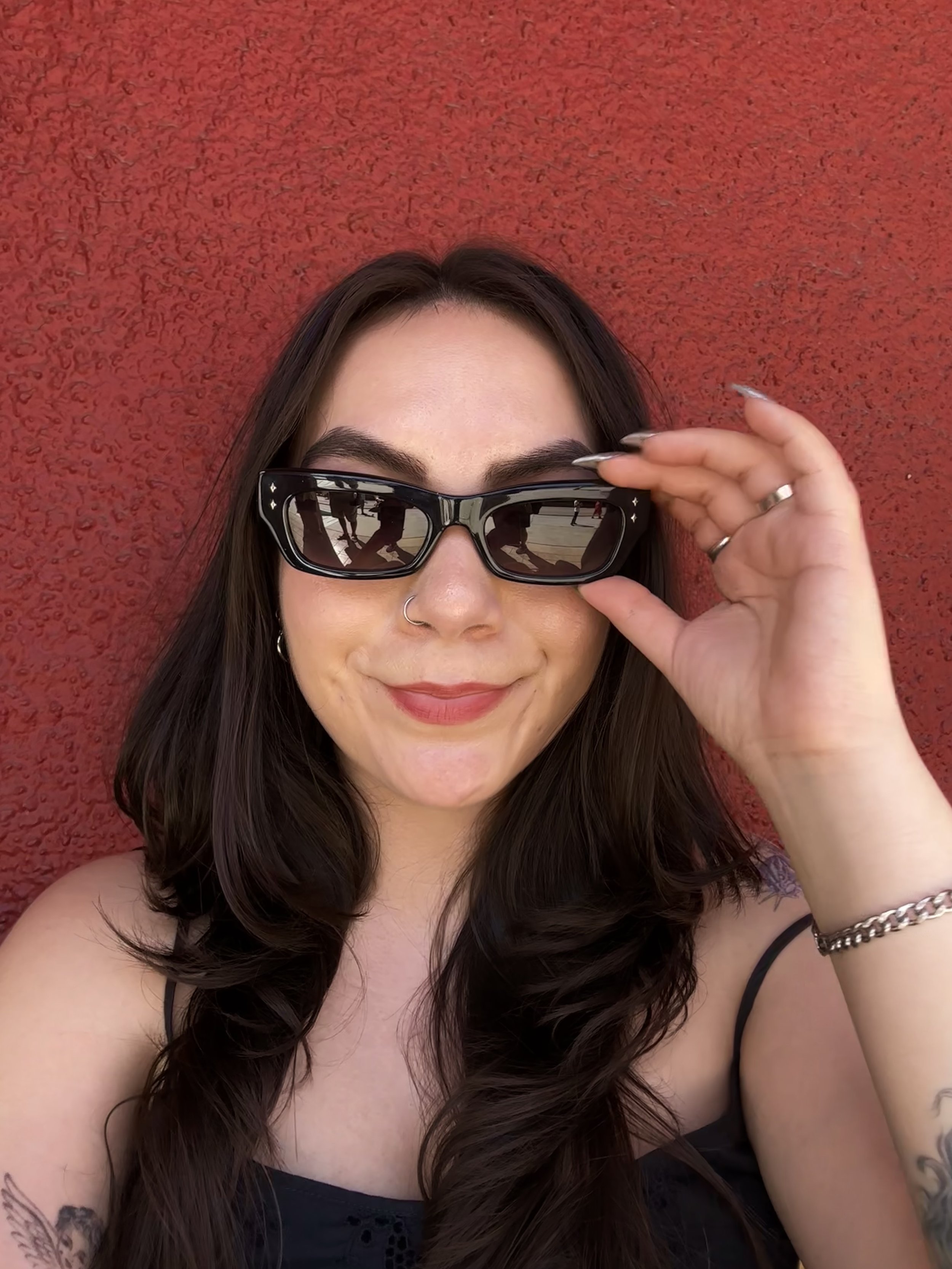One of my first reviews for Latinx in Pub was The Storyteller’s Death by Ann Dávila Cardinal. It was her adult fiction debut; it was a novel that touched me and helped me learn about Puerto Rico in such a personal way. So, when the opportunity to review one of Cardinal’s young adult novels came up, I jumped on the chance to review it. If you are looking for a quick heart-pumping unique young adult fantasy romance to add to your February TBR, look no further!
Breakup From Hell by Ann Dávila Cardinal is a fast-paced and surprisingly funny young adult novel that questions the desire to save the bad boy because the bad boy might not always deserve to be saved. Breakup From Hell follows the tale of Miguela Angeles, a teenager living in a small town in Vermont where she feels trapped. Her abuela is keeping secrets from her and she is tired of experiencing the same day over and over. That is until she runs into a new boy named Sam outside of church. With Sam blowing into town, Miguela jumps at the chance for something new and she begins to change. She is turning her back on her best friends and they are worried. But in the midst of Miguela’s new whirlwind romance, she cannot help but feel like something is wrong. As she unravels the secrets her abuela is keeping from her, Miguela soon realizes she is living in something akin to her favorite horror novels. Miguela’s journey is full of twists, turns, betrayals, revenge, and (unexpected) love.
Cardinal’s Breakup From Hell uses religious themes that are important to many Puerto Rican homes to show how individuals can find their own power and change the course of not only their lives but the lives of those around them. This book also highlights the sacrifices families, specifically mothers, make to protect their children. Cardinal’s work points to the strength in our maternal figures, allowing young women to see themselves as strong, as the savior they need instead of being saved. Miguela follows in her mother’s footsteps and is guided by the strength of multiple material figures in this book. There is a beautiful craftsmanship to this book where religion guides without becoming all-consuming for the characters in a way that I think can be aspiring and potentially healing to those with a difficult relationship with Christianity.
“Breakup From Hell is a rich adventure story where a young Puerto Rican woman gets to become her own hero. It has a rich creativity and blends culture, heritage, and religion into a unique story to highlight the growth and strength teenagers have within themselves.”
I am so glad that I read this book; it feels like Cardinal looked into the brain of my teenage self and wrote the book that was sitting on my heart to read. Breakup From Hell is a rich adventure story where a young Puerto Rican woman gets to become her own hero. It has a rich creativity and blends culture, heritage, and religion into a unique story to highlight the growth and strength teenagers have within themselves. This book is a wonderful read for those who are looking to diversify their reads and to celebrate the joy of a young girl who just went through a breakup from hell.
Ann Dávila Cardinal is a writer and director of student recruitment for Vermont College of Fine Arts, where she earned her MFA in writing. Her young adult horror novels include Breakup from Hell and Five Midnights and its sequel, Category Five, and she also writes screenplays and podcasts with her son, Carlos Victor Cardinal. Ann lives with her family just north of Stowe, Vermont, and is always on the lookout for shadow demons. Visit her online at anndavilacardinal.com.
TEREZA LOPEZ (she/her) is a recent graduate from Clark University with a double major in English and history. She attended Clark University again in Fall 2021 and obtained a Master’s in communication. When she is not studying, you can find her obsessively reading or taking care of her new kitten.






